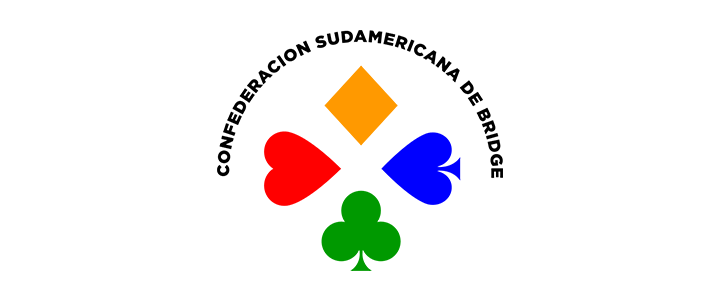Times Daily – 16 May 1998
Probably the most difficult play in bridge to recognize is the dummy reversal. This is primarily because it involves doing the direct opposite of what a declarer normally does during the play of a suit contract. Largely because of this, the dummy reversal is often overlooked, even by the best players. Consider this deal where South is in seven hearts and West leads a diamond.
North dealer. Both sides vulnerable.
Opening lead — ![]() Q
Q
The outcome seems to depend entirely on a spade finesse, which would lose in the actual layout. But if declarer spots the possibility of a dummy reversal early enough in the play the spade loser can be made to disappear.
South begins by taking the ace of diamonds and ruffing a diamond. The K-A of hearts are then cashed to see how the trumps are divided. When they prove to be 3-2, declarer ruffs another diamond, leaving the one missing trump outstanding.
Dummy is next entered with a club and the diamond eight is ruffed with South’s last trump, the queen. Declarer then crosses to the king of spades and plays the Jack of hearts, extracting the missing trump. It is on this trick that the potential spade loser vanishes. Since South has no trumps left, he discards his jack of spades on the Jack of hearts. The ace of spades and K-Q-J of clubs then win the last four tricks.
By ruffing three diamonds in his hand, declarer manages to win six trump tricks instead of the obvious five, and so winds up scoring six hearts, four clubs, two spades and a diamond for 13 tricks in all. Note also that by testing trumps early on, South learned that it was safe to adopt this line of play. Had the hearts proved to be divided 4-1, he could have continued drawing trumps and later tried the spade finesse.
